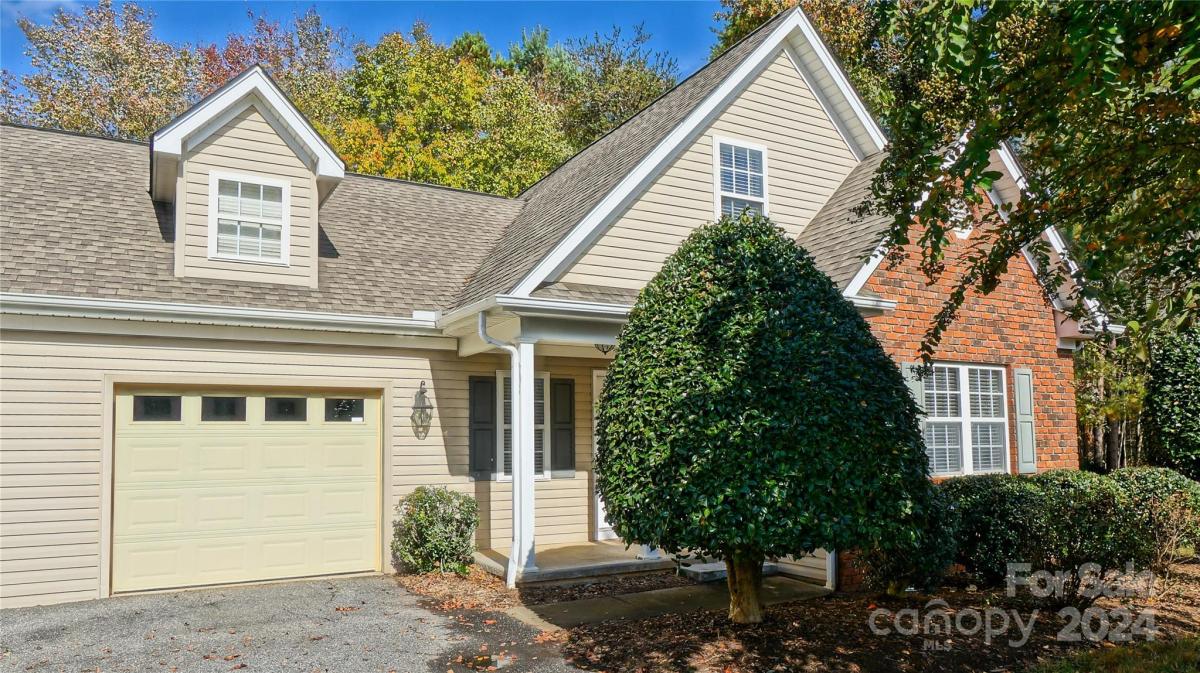Report: Minor Home Improvements Offer Best Return
- Mar
- 17
- Posted by Lake Norman Homes Realty
- Posted in Home Sellers Blog
- 0
A recent release by the Appraisal Institute advises homeowners to choose upgrades instead of major remodeling projects to see the greatest potential return on investment.
“In general, simpler, less expensive projects have the best cost-to-value ratio,” says Appraisal Institute President M. Lance Coyle, MAI, SRA. “With the spring home buying season around the corner, homeowners should invest in projects that are most likely to preserve the value of their homes.”
According to Remodeling magazine’s most recent Cost vs. Value report, only five projects saw their cost-to-value ratios rise in 2014: roofing replacement, garage door replacement, 20-gauge steel entry door replacement, vinyl siding replacement and fiberglass entry door replacement. Among projects with the biggest declines were two-story additions, composite deck additions, master suite and kitchen remodels.
Other minor projects with potential major payoffs, says the Cost vs. Value report, are mid-range and upscale garage door replacements, manufactured stone veneer, mid-range window replacements and minor kitchen remodels.
Coyle says that some homeowners might choose to fund home upgrades with tax refunds. Before calling a contractor or heading for the home improvement store, however, he says they should consider if the improvement is in keeping within community norms.
“It’s possible that consumers won’t be able to recoup the cost of the upgrade when the home is sold, so it’s important to meet, not exceed, what’s standard for the neighborhood, and to also consider expected length of time in the property,” Coyle says.
He also says that making routine home repairs is essential to maintaining a home’s value. A house that has been well maintained likely will have a higher value than a similar house that is in disrepair, Coyle says. For example, replacing worn out trim boards may in certain situations not add any additional value to the home, other than to preserve the value that would be likely as evidenced by sales of similar homes in the area that do not have worn-out trim boards.
For an unbiased analysis of what their home would be worth both before and after an improvement project, a homeowner can work with a qualified real estate appraiser to conduct a feasibility study.
During a feasibility study, the appraiser will analyze the homeowner’s property, weigh the cost of rehabilitation and provide an estimate of the property’s value before and after the improvement.
Some green and energy-efficient renovations – such as adding Energy Star appliances and extra insulation – are likely to pay the homeowner back in lowered utility bills relatively quickly. Lower utility costs also are a draw for potential homebuyers. When valuing a home, the appraiser evaluates local supply and demand for green and energy-efficient properties and features.
For more information, visit www.appraisalinstitute.org.
Mike Spruell
Realtor®/Broker/ePRO
The Lake Norman Homes Team
Southern Homes of The Carolinas
www.LakeNormanRealEstate.pro
866-LakeNorman
704-907-7907
Reprinted with permission from RISMedia. ©2015. All rights reserved.
Categories
- Boat Slip Communities
- Catawba Foreclosures
- Condo Foreclosures
- Cornelius Foreclosures
- Cornelius Real Estate
- Denver Foreclosures
- Denver Real Estate
- Featured Foreclosures
- Featured Listings
- Financing
- Foreclosure Market
- Gated Communities
- Golf Communities
- Home Buyers Blog
- Home Sellers Blog
- Huntersville Foreclosures
- Lake Access Communities
- Lake Norman Foreclosures
- Lake Norman Real Estate
- Market Updates
- Mooresville Foreclosures
- Mooresville Real Estate
- Sherrills Ford Foreclosures
- Statesville Foreclosures
- Swimming Pool Communities
- Tennis Court Communities
- Troutman Foreclosures
- Uncategorized
- Waterfront Condos
- Waterfront Foreclosures
- Waterfront Homes
- Waterfront Market
- Waterlynn Townhomes
Recent Posts
- Lake Norman Waterfront Condos
- Lake Norman Waterfront Homes For Sale
- March Home Prices Continue to Rise
- Americans Agree: Real Estate Best Long-Term Investment
- Q: Where Can You Find Fixer-Uppers?
Recent Comments
- Fixed Mortgage Rates Near Seven-Month Low | Lak... on Fixed Mortgage Rates Near Seven-Month Low
- luxuryhomechicago.com on Lake Norman Foreclosure Real Estate Market Update December 2011
- garrettrealestateservices.com on Lake Norman Foreclosure Real Estate Market Update December 2011
- hot props foreclosures on Lake Norman Real Estate Market Update August 2011
- Lake Norman Waterfront Real Estate Market Update January 2012 | Lake Norman Houses For Sale on Lake Norman Waterfront Condos For Sale

